Novi Petrivtsi
On the morning of November 3, 1943, the 1st Ukrainian front, commanded by general Nikolai Vatutin, launched a bombardment of Kiev. This was the beginning of the second battle of Kiev and aimed to liberate Kiev after more than two years of occupation. The attack also aimed to knock out German supply lines. The german 4th army was surprised by the bombardment and after two days soviet troops entered Kiev. Fierce battles continued for another two days before Kiev were in Soviet hands. As a city Kiev was devasted, partly by Soviet bombardment, partly by the fighting that followed the bombardment and partly by the Germans who gradually destroyed the city while retreating.
But the germans had no plans to let Kiev remain in Soviet hands and planned to recapture it. The commander of the 4th army, field marshal Erich von Mainstein, persuaded Hitler to release the 48th armoured corps in order to carry out a counterattack and recapture Kiev. Manstein had hoped for further reinforcements but Hitler rejected his request. Fierce battles continued around Kiev in November, but without the Germans succeeding in making a breakthrough.
On December 5th, the Germans launched a surprise attack, attacking both from north and east. The soviet forces were in danger of being encircled, but soviet reinforcements thwarted a German breakthrough. The fighting raged until December 22, when the Germans withdrew. Although the goal of knocking out German supply lines was unsuccessful, the liberation of the third largest city in the Soviet Union was an important moral victory.
Current status: Museum (2019).
Location: 50°37'28.83"N 30°25'11.30"E
Get there: Car.
Follow up in books: Bellamy, Chris: Absolute War: Soviet Russia in the Second World War (2008).

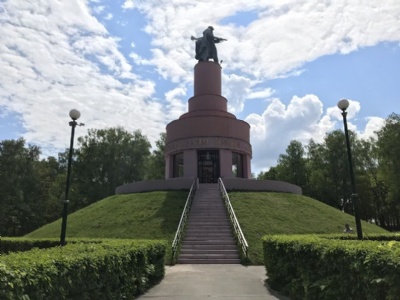
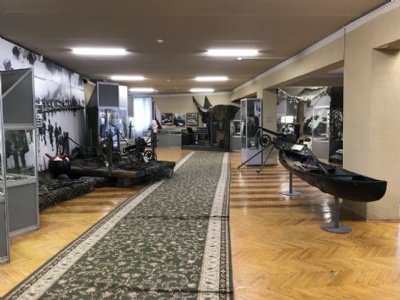

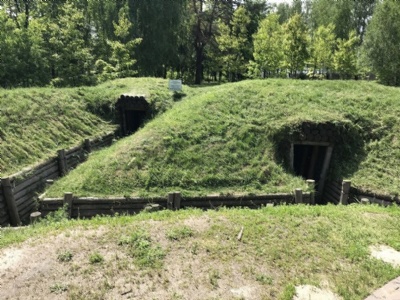
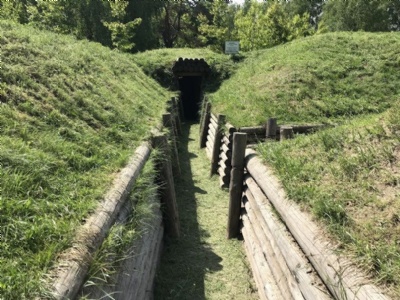

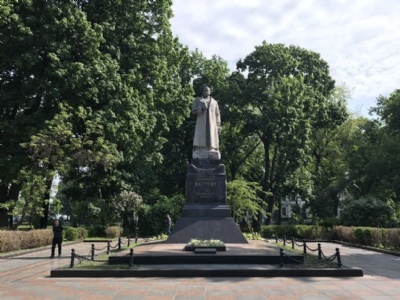
Classically spectacular and period Soviet museum with a diorama painting depicting the battle with an equally period patriotism. Outside the museum, trenches and command centers have been recreated where the battle was led by the Soviet commanders.